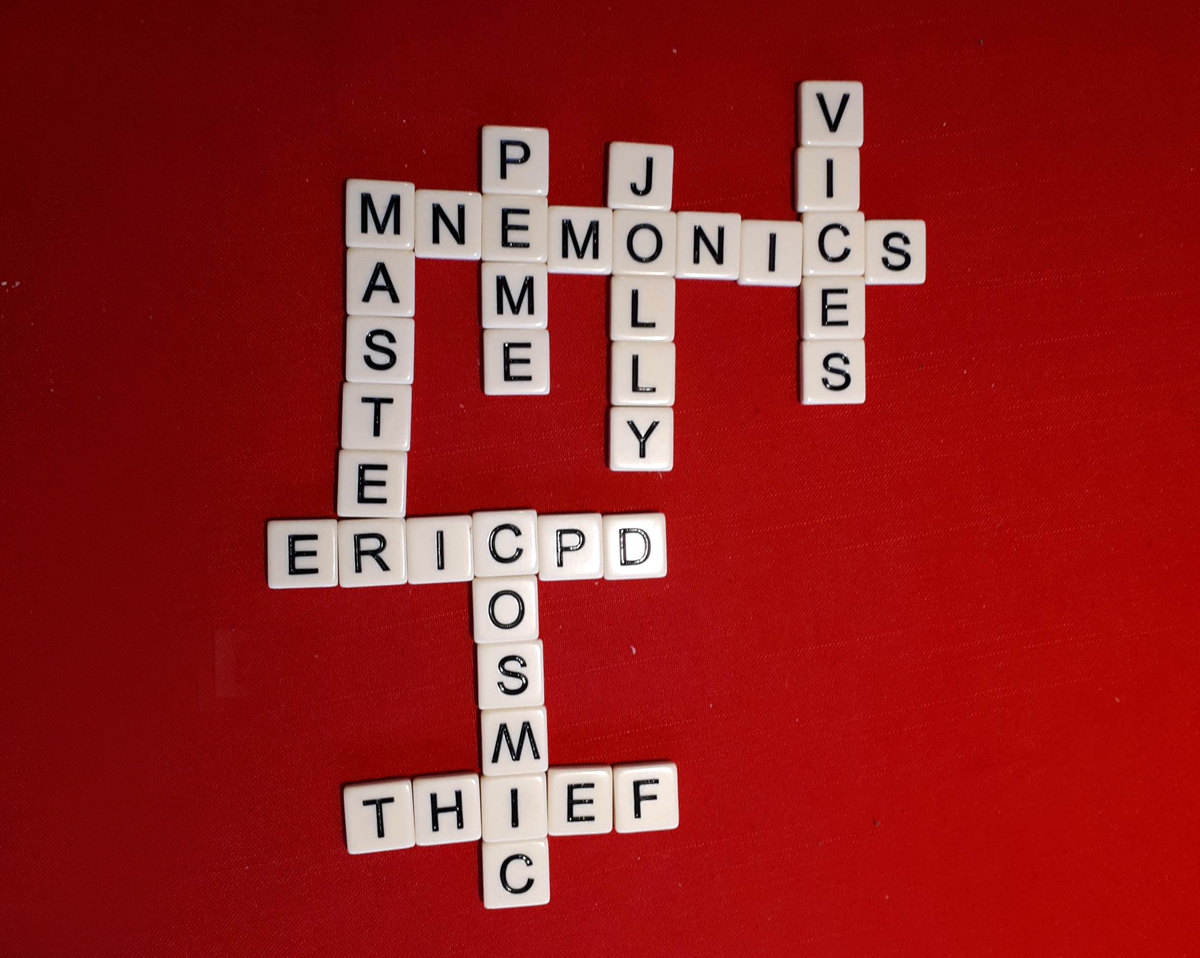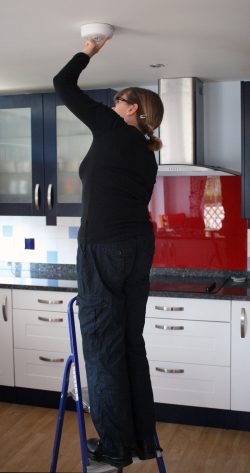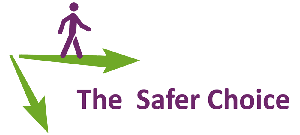Training: Letters of distinction
First published in Health and Safety at Work Magazine, July 2013. Images updated 2021
Bridget Leathley spells out the value of mnemonics in training and everyday practice.
Sailors Often Have...
One of my offspring recently needed help with his trigonometry homework. “Sailors Often Have Curly Auburn Hair Till Old Age,” I was able to quote, three decades since I last needed to use the sine equals opposite over hypotenuse formula.
Mnemonics is one way of overcoming the limitations of human memory. The classical account of how we can stretch the limits of memory is given by George Miller in a 1955 paper in the journal Psychological Review. His idea that people can retain and recall more information by “recoding” it into fewer but larger chunks was based on experiments in short term recall, but it works well for long term memory as well. Remembering a single word or a silly sentence is one chunk of information; this chunk can be decoded to get back to the original list we wanted to remember.

Timely support
Rote learning is not the ultimate goal of health and safety education. Understanding, attitude and application are critical, and these require a lot more effort than a few mnemonics. But there are times when an aide-memoire can prompt a sequence that helps us to focus a risk assessment or audit, or even to pass an exam.
There are fewer mnemonics used on an everyday basis for carrying out tasks safely. TILE (or LITE) reminds people what to consider in a manual handling risk assessment (Task, Individual, Load, Environment). This can be used by the assessor, but can also be taught to those carrying out handling tasks before they start:
- Have they planned the task, considering distance, the need to twist or stoop and the use of a handling aid?
- Are they the right individual to do this task, or do they need help?
- Is the load awkward, heavy or slippery, or does it need to be subdivided?
- Have they considered the environment they are lifting in, such as the floor conditions?
For low risk tasks carried out several times a day it is not reasonably practicable to expect people to complete a written checklist every time they move a heavy box, for example. Imposed checklists will be literally box ticking exercises, completed en masse at the end of a shift. But a mnemonic can be a reminder while preparing for and carrying out this kind of task.
Given the popularity of the TILE mnemonic, I was surprised there was no similar memory device for safe ladder use, a common enough task. So I set out to devise one.
Le mot juste
It needed careful thought; some mnemonics are more memorable than others. I have a notebook full of mnemonics I devised when I was studying for my NEBOSH certificate. COSMIC THIEF as a method of remembering types of hazardous substances was a more successful one, though it did need a bit of fudging (Corrosive, Oxidising, Sensitising, Mutagenic and tetragenic, Irritant, Carcinogenic, Toxic and eco-toxic, Harmful, Infectious, Explosive, Flammable and highly flammable). “Charlie Bought Useless Soggy Fibre Board” as a method of remembering the symptoms of electric shock worked for the exam (Cramps, Breathing difficulties, Unconsciousness, Shock, Fibrillation, Burns), but was instantly forgotten.
Misspelled words such as NECTRE for the main causes of accidents (Noise and
Vibration, Electricity, Chemical, Temperature, Radiation, Explosion) could result in someone sitting in an exam trying to remember what the A in NECTAR stands for, and forgetting vibration.
Health and safety mnemonics
- POPIMAR to remember the components of a health and safety management system (Policy, Organisation, Planning Implementation, Measurement, Audit, Review).
- MASTER to remind us of what to consider in safety culture (Motivation, Awareness, Supervision, Training, Education, Rules and regulations).
- PEME provides a framework for hazard identification (People, Equipment, Materials, Environment).
- VICES prompts us on storage of flammable materials (Ventilation, Ignition, Containment, Exchange — for something less flammable — Separation).
- CENTIPEDE or ENTICE consider the causes of machinery accidents (Contact, Entanglement, Nips, Traps, Impact, Projection, Ejection, Discharge, Environmental).
- ERIC PD or PIGS RISE indicate ways of prioritising hazard controls (Eliminate, Reduce, Isolate, Control, PPE, Discipline or in reverse: PPE, Information, instruction, supervision and training, Good housekeeping, Safe System of Work, Reduce, Isolate, Substitute, Eliminate).

Before the mnemonic comes the information. For my new mnemonic I had to first consider what ladder climbers need to remember. I started with task analysis of the most common climbing tasks then created detailed risk assessments.
Starting with six tasks, I needed only three risk assessments. Once I had allowed for the management controls (training, inspection regime and improved storage facilities), I noted all the controls that relied on what people need to do at the point of carrying out the job. Several drafts later I realised these could be divided into:
- Job: Have you planned the job? What equipment will you need? Can you safely carry the equipment up a ladder (on a toolbelt, for instance)?
- Others: Are other people likely to be in the way of the work? Do you need to ask anyone to move — when working in a laboratory or above a desk, for example? Do you need barriers and signs around the work area?
- Ladder: Which ladder is most appropriate for the job? Does the ladder have an up-to-date inspection label?
- Location: How are you going to get the ladder to the right location? Do you need help carrying it? Is the surface flat, dry, non-slippery? Does the ladder need footing or securing?
- You: Are you adequately trained? Are you suitably dressed (correct footwear)?
To test my mnemonic, I did a brainstorming exercise with some regular ladder climbers. I asked what checks they make before they start work, and wrote the answers down on a flip chart. I grouped the answers as I went along, without the group realising why I was doing this. The first test was passed; everything they suggested fitted into one of these headings. Once we had a full sheet of controls, I asked what key words could be used for each group of controls. The words they came up with were either the same or synonyms for the words represented by JOLLY.
To get the mnemonic into use, workshops, annual refreshers and toolbox talks will all refer to it, and supervisors will be encouraged to use the term. JOLLY should start to mean something to them. Feel free to use it. I will know it is a success when I meet someone who claims they thought of it.
